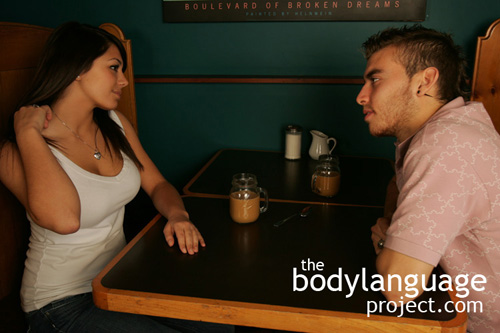At this point in the chapter it might seem out of place to admit that some individuals can actually detect lies better than chance, but this is true, and has been backed up empirically through research. Studies have shown that while the rest of the world is limited to fifty percent, or the same accuracy as that which would occur by chance, the CIA (central intelligence agency) scores seventy-three percent, sheriffs sixty-seven percent, psychologist sixty-eight percent whereas the secret service scores sixty-four percent.
So why do the experts have an advantage over the layman? Well, part of the explanation lies in experience. The group of psychologist was chosen due to their special interest in lying and lie detection, not to mention their willingness to participate in a two day seminar covering various topics related to lying and lie detection. Each group including the psychologists, the CIA, and the secret service all have an interest in lie detection coupled with the training to back it up. Experts are drawing on information from many facets about a person, including their paraverbal and nonverbal language as well as other cues as we have covered which is unlike regular lay-people who have little if any experience in analyzing people, let alone the ability to repeatedly test their skills. Because lie detection and reading people is a huge part of their occupations, they get a lot of practice and feedback.
Personality characteristics might also play into the ability to detect lies. For example, empathy, sensitivity to social cues, and conscientiousness can all help in reading people more accurate because it allows a person to put themselves in someone else’s shoes. Experts are also more aware of the truth bias, which we covered earlier, and so can properly adjust for this phenomenon. It is important to conclude on these matters that the accuracy, while impressive in relation to ordinary people, is still far from perfect. While the experts are far from perfect, they do give us some hope that lie detection is more than a chance operation. No doubt, by reading this chapter alone, you will be able to make huge strides in reading others, perhaps not pegging every liar dead on the spot, but the cues in this chapter will help you at least identified those who are worthy of a second look.
Above: Paul Ekman talks about microexpressions.














